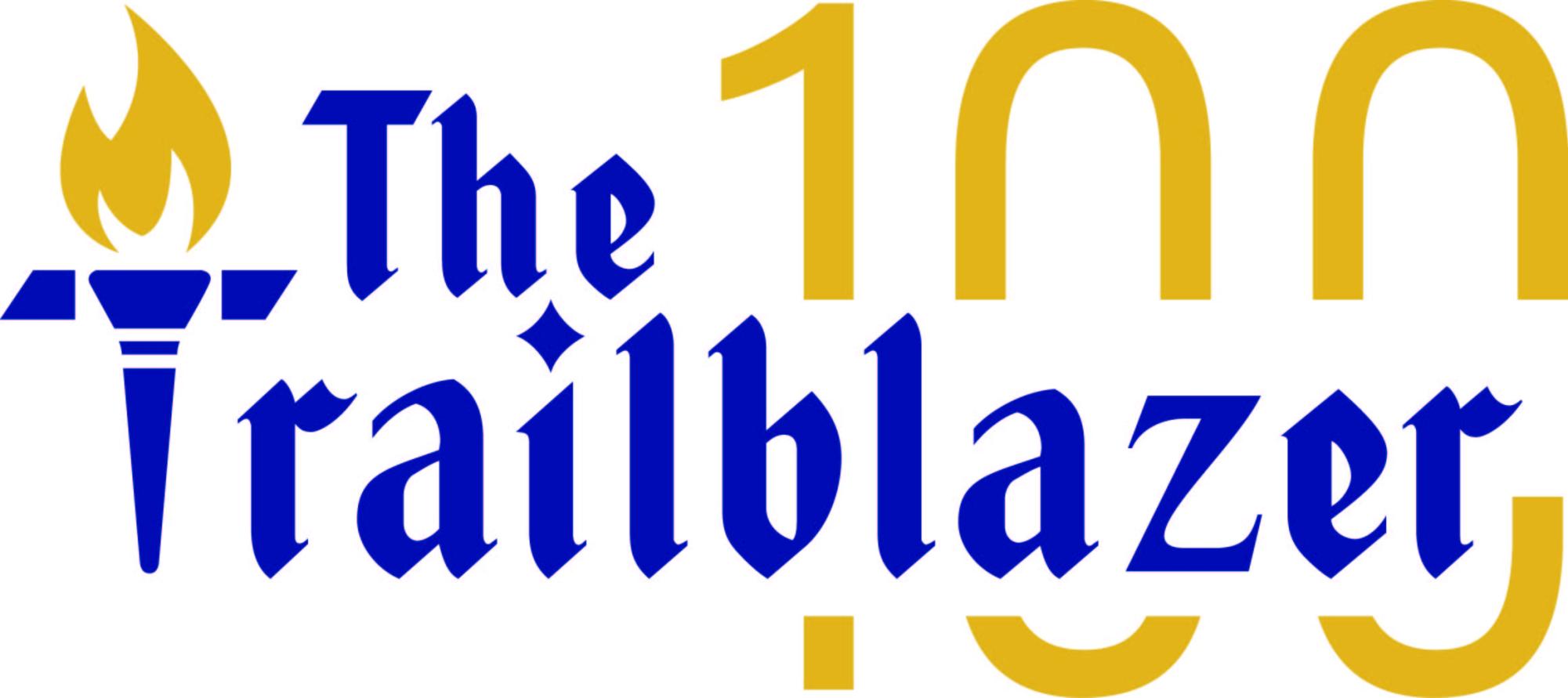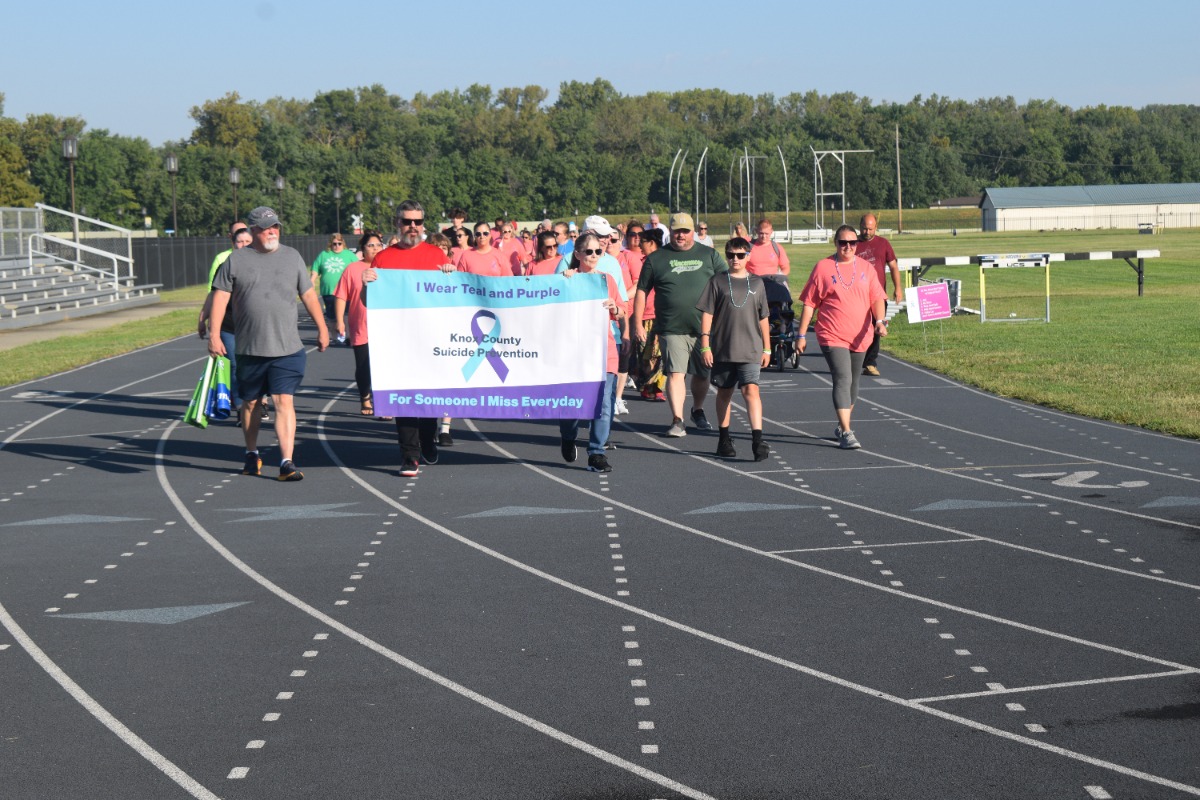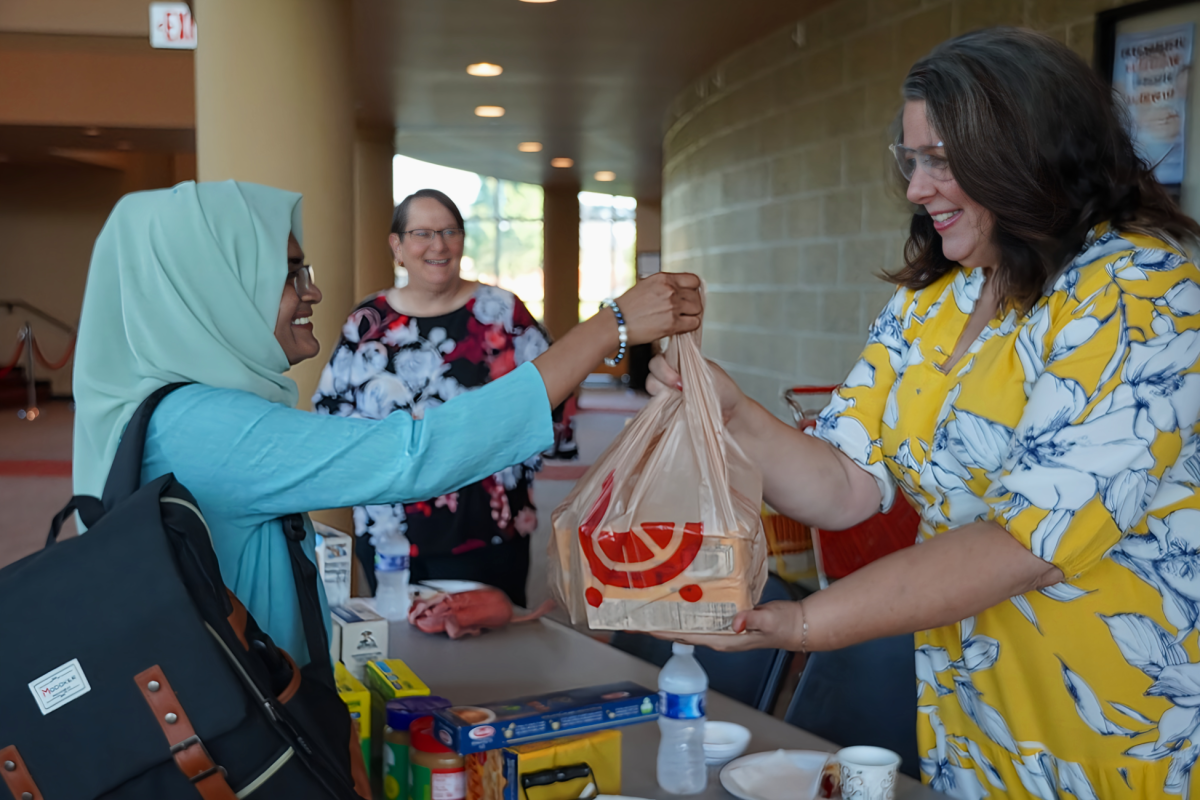Vincennes University is shifting its computer lab setup to modernize learning spaces to better align with how students use technology today.
According to Zach Setser, director of IT digital services, fewer students are relying on lab computers, thanks to the rise in personal devices.
“More and more, we’re seeing students bring their laptops, tablets, or even use their phones in the classroom,” said Setser. “With the growth of online classes and remote learning, the physical demand for on-campus computers just isn’t what it used to be.”
This change is part of a broader campus initiative called Bring Your Own Device (BYOD), which is set to be fully implemented by October 2025.
The computer labs aren’t disappearing, but they are evolving. Instead of rows of desktop computers, students will find modern workstations designed for their own devices. These updated spaces will include charging stations, monitors, keyboards, and docking setups so students can easily plug in and work with more comfort and flexibility.
Some stations will still have PCs, especially in high-demand areas, but others will be replaced with clean, open desk setups that reduce clutter and support a range of devices.
Initial locations set to see these changes include the Learning Resource Center (LRC), the Social Science Study Skills Lab, and the Health Sciences Center. These high-traffic areas were chosen due to their extended hours and high usage rates.
Alongside the lab changes, the university is upgrading its network to handle more personal devices and offer stronger, faster connections. Print services, too, are getting an upgrade.
“Students will be able to send print jobs from anywhere on campus,” Setser said, “and then release them from stations in the library or other main areas.”
While student habits are the main factor driving the change, the new setups also support sustainability and budget goals.
Setser said, “If a computer isn’t being used, we’re not going to replace it; that saves on costs, labor, and energy usage.”
The university is actively communicating these updates through service desk emails and student surveys.
Setser said, “The more feedback we get, the better we can tailor things to meet their needs.”



